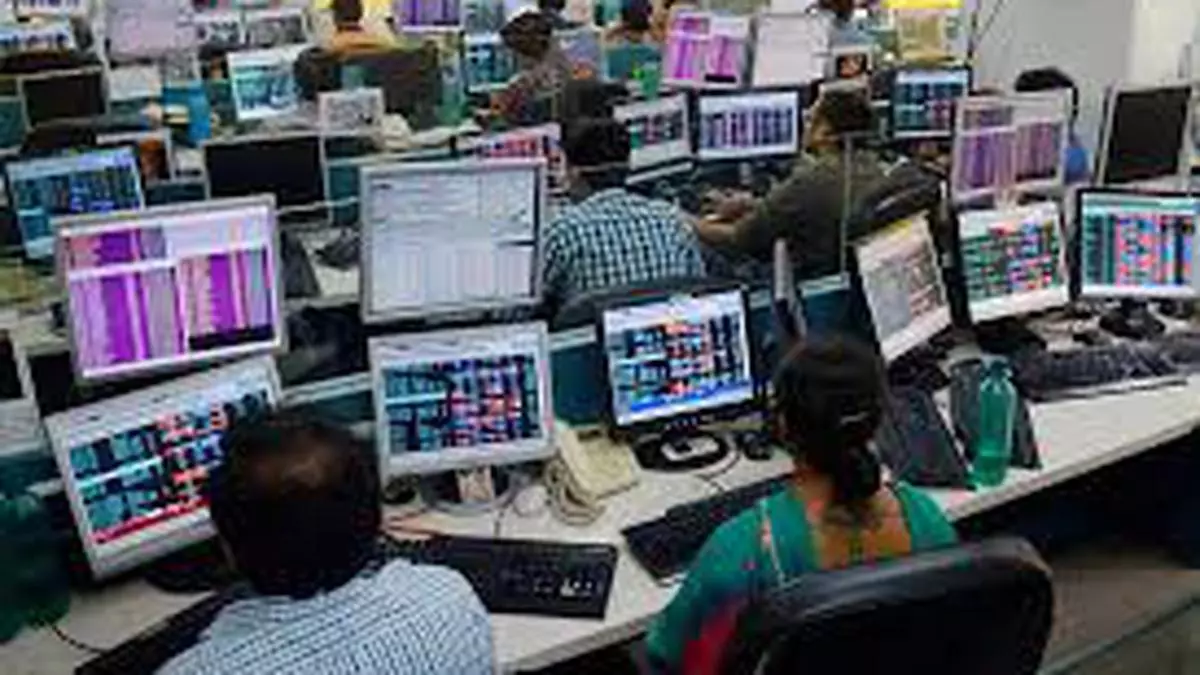Key factors to watch in FY25 for stock markets
The first week of FY25 started on a positive note for domestic markets, led by small-caps. The BSE Small-Cap index posted a return of nearly 5 per cent in the first five days of trading itself, even as large-caps (Sensex and Nifty) and mid-caps closed flat but in the green. Despite positivity around, investors need to know the key factors that will influence the market direction this fiscal.
The first and foremost is the General Election, not only in India but across the world. However, the focus would be on India – where the election process has already kicked in and the result is expected to be out in June – and on the US (in November) and the European Union (in June).
‘BJP win’
A Bharatiya Janata Party-led win in the national elections is almost a done deal and focus is on the FY25 Budget, with manufacturing and infrastructure the key themes, said domestic brokerage Emkay Global Financial. “We also see possibility of a recovery in mass spending. This is not certain, but we think it is worth taking some exposure to play this,” it added.
According to Deena Mehta, Group Managing Director, Asit C Mehta Investment Intermediaries, “the focus will be on the Lok Sabha elections, with a hope of continuation of economic reforms and policies as the ruling government is expected to retain power. This would benefit the Indian economy’s objective to achieve a $5-trillion GDP soon,” she said.
However, global investment advisory firm JP Morgan cautioned that “if the general election results are unexpected, along with a global recession, geopolitical tensions, higher oil prices, or higher domestic unemployment – that could lead to a period of uncertainty with the Nifty trading close to our bear case (16000).”
The US election in November will have an impact in the second half of FY25. At this moment, it is not clear who will win.
$35-billion inflow
Another important factor that could influence the market sentiment is the JP Morgan decision to add Indian government bonds to its emerging markets bond index from June 2024. “The inclusion is expected to reach the maximum weight of 10 per cent in the Government Bond Index (GBI) – Emerging Market (EM) Global Diversified Index (GBI-EM GD) and about 8.7 per cent in the GBI-EM Global index”.
Currently, 23 Indian government bonds are eligible for indexing, with a combined notional value of $330 billion or ₹27-lakh crore. According to JP Morgan, these bonds will be included over 10 months through March 31, 2025, with a gradual inclusion of 1 percentage weight per month.
Bloomberg also said it will include India Fully Accessible Route (FAR) bonds in the Bloomberg Emerging Market (EM) Local Currency Government Index and related indices, to be phased in over a ten-month period, starting January 31, 2025.
These inclusions in major global bond indices are expected drive an inflow of $30-35 billion into India. Such a massive inflow will provide a strong support to rupee and help cap bond yields and the government’s borrowing costs.
Eyes on IMD
Another key important factor is monsoon. The Meteorological Department, in a few weeks, will come out with monsoon prediction for next season starting June.
After the IMD earlier said that most of India may suffer from above-normal day time and night time temperatures along with heatwaves in the summer season of April-June across the country, the focus now shifts to monsoon prediction. With the water table in most reservoirs low, a good monsoon is a must to support the economy and tame inflation.
Other crucial factors one has to watch for are — rate cuts (especially by the US Federal Reserve that can trigger FPI inflows), India Inc’s earnings scorecard, inflation, and geopolitical tension.
